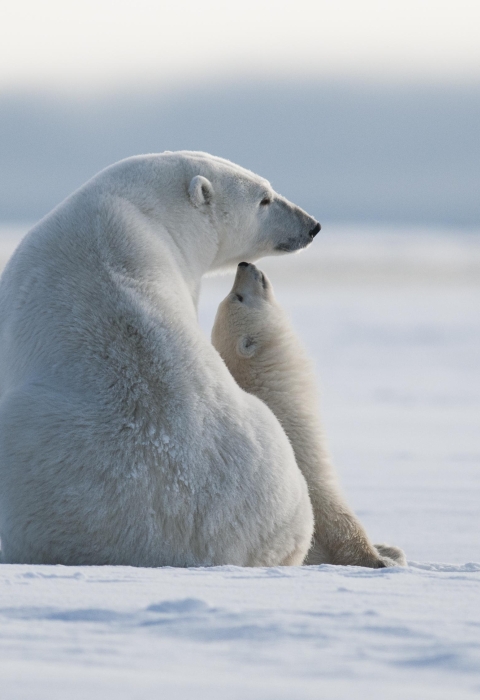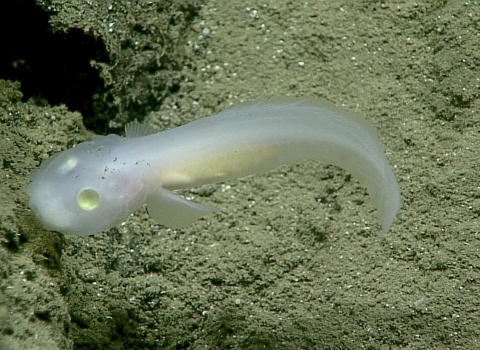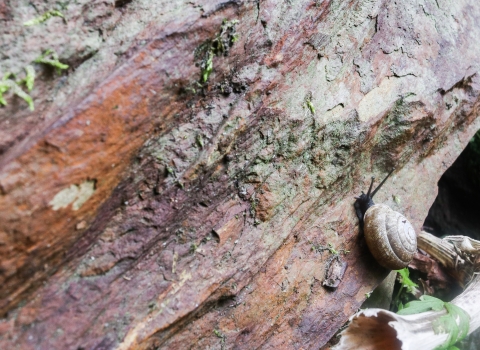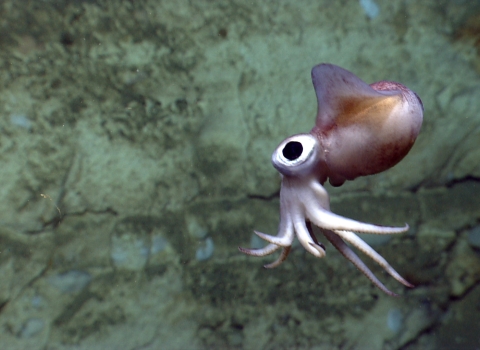ANCHORAGE, Alaska — Two great bears are emblematic of the Arctic: Ursa Major – arktos in Greek – the constellation from which the Arctic derives its name, and the polar bear, which has lived beneath the northern stars for hundreds of thousands of years. It’s hard to imagine the region without either of them, but the future of the polar bear is being jeopardized by the rapid loss of its sea-ice habitat. Its fate is not determined by the stars, but by our willingness and ability to address climate change climate change
Climate change includes both global warming driven by human-induced emissions of greenhouse gases and the resulting large-scale shifts in weather patterns. Though there have been previous periods of climatic change, since the mid-20th century humans have had an unprecedented impact on Earth's climate system and caused change on a global scale.
Learn more about climate change . While the international community grapples with that long-term challenge, U.S. government agencies, Native communities, private organizations, scientists and subsistence hunters have collaborated on a plan for improving the polar bear’s immediate chances of surviving in the wild.
This final Conservation Management Plan (CMP) for the polar released today by the U.S. Fish and Wildlife Service, outlines actions that will help this revered symbol of the Arctic persist in the wild in the near-term, while also acknowledging the primary threat to the bear will entail longer-term actions.
“This plan outlines the necessary actions and concrete commitments by the Service and our state, tribal, federal and international partners to protect polar bears in the near term,” said Greg Siekaniec, The Service’s Alaska Regional Director. “But make no mistake; without decisive action to address Arctic warming, the long-term fate of this species is uncertain.”
The plan was developed by a diverse team of experts and partners and reflects input on the draft plan submitted during the 2015 public comment period. It calls for reducing human-bear conflicts, collaboratively managing subsistence harvest, protecting denning habitat, and minimizing the risk of contamination from oil spills. Most of these actions are already underway, in partnership with Alaska Native communities, nonprofit groups, and industry representatives who participated in the plan’s creation. The plan also calls for increased monitoring and research to determine whether the actions in the CMP are being effective or need to be modified.
While the CMP focuses on management actions for the two U.S. subpopulations of polar bears that live off the coast of Alaska, it contributes to efforts to conserve polar bears in the other four range states of Norway, Greenland, Canada and Russia.
The polar bear was listed as threatened under the Endangered Species Act (ESA) in 2008 due to the loss of its sea-ice habitat. The area of the Arctic covered by sea ice in October and November 2016 was the lowest on record for those months since recordkeeping began in 1979. The current global polar bear population is estimated to be 26,000. If greenhouse gas emissions continue to rise at the current rates throughout the 21st century, polar bears will likely disappear from much of their present-day range.
The Service will continue to work with diverse partners to implement the CMP. The team will share information, identify priorities, leverage resources and adapt the plan according to new and emerging science and information.
Read the plan and learn more about the conservation work of the U.S. Fish and Wildlife Service and partners: https://www.fws.gov/alaska/fisheries/mmm/polarbear/pbmain.htm



